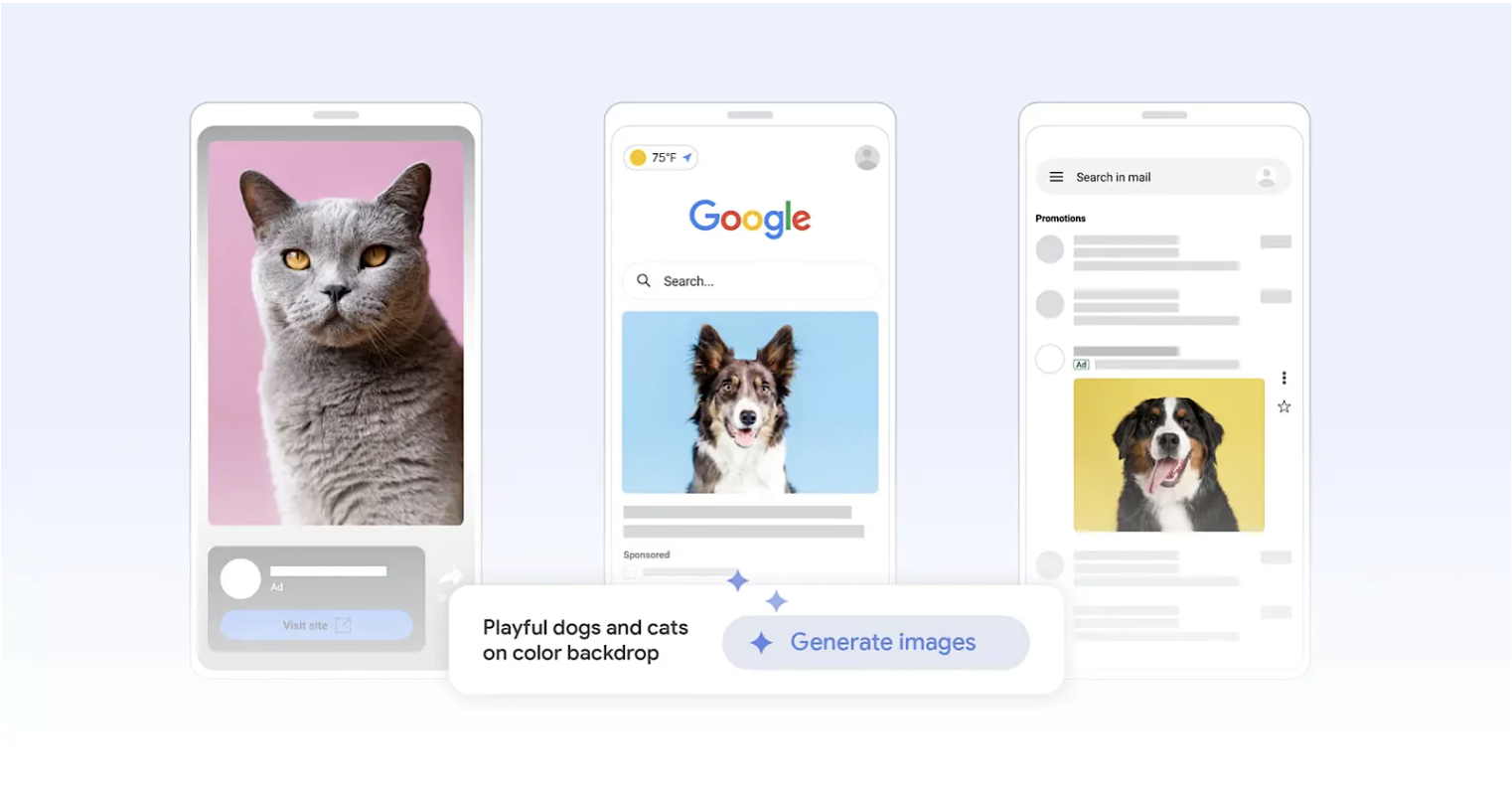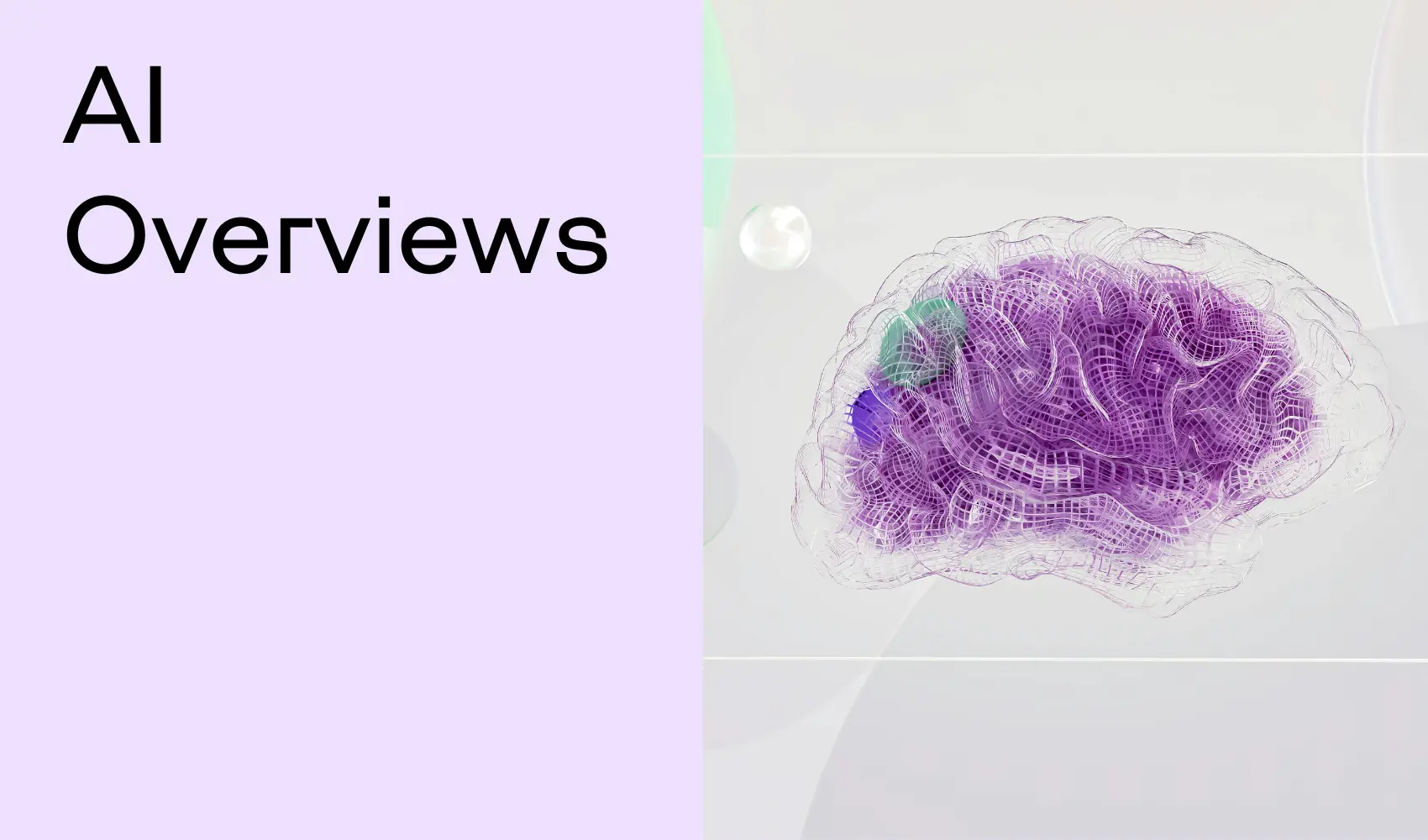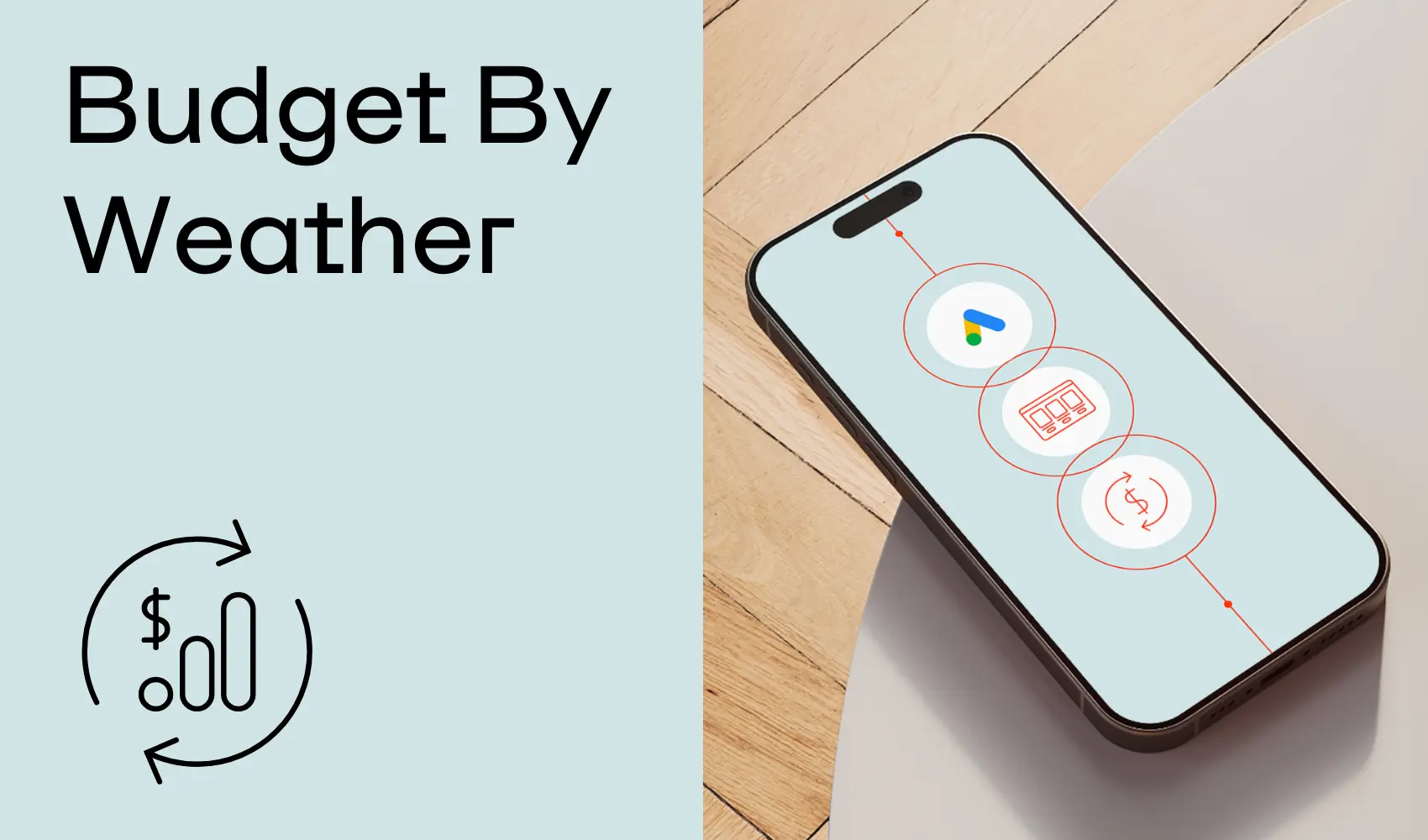Big news from Google today – they're introducing AI features for Demand Gen-campaigns in Google Ads.
These new tools, powered by Google's advanced AI technology, enable advertisers to create high-quality visuals using text commands (prompts).
The AI-based creative features are designed to enhance visual storytelling, helping brands generate new demand for Google's platforms such as YouTube, YouTube Shorts, Discover and Gmail. The primary purpose is to allow advertisers to produce more quality content to engage users in Google's own channels.
Michael Levinson, Vice President and General Manager of Social, Local and Vertical Ads at Google, recently shared his thoughts:
"Advertisers need to diversify their creative strategy with multi-format ads to keep audiences engaged and deliver results. With generative image tools, you can now test new creative concepts more efficiently – whether it's experimenting with new types of images or simply building your creatives from scratch.”
That is how it works
Starting today, the generative image tools are available globally to advertisers in English, with more languages to be introduced later in the year.
Advertisers now have the ability to use text commands to generate unique, high-quality images that are tailored to their branding and marketing needs. It will be exciting to see how the quality of these images will last!
Imagine you represent an outdoor brand that sells camping equipment – you could use a command like “vibrantly colored tents lit up under the northern lights” to create compelling visuals aimed at customers interested in camping trips to Iceland.
In addition, a function allows to “generate more similar ones” images and ads in order to more quickly produce material based on well-performing ads.
Responsible AI development
In its announcement, Google highlights its commitment to developing generative AI technology responsibly, with guidelines for fairness, privacy and security.
Google explains:
"In addition to ensuring that ad content follows our long-standing Google Ads guidelines, we also take extra technical measures to ensure that the generative image tools in Google Ads produce innovative and unique content. Google's AI will never create two identical images.”
All generated images will include identifiable markups, such as an open standard markup and an invisible digital watermark that resists manipulations such as screenshots and filters. We here at Adfreak think it's really good!

Creative Success Strategies
To complement the new AI tools, Google has published a "Creative Excellence Guide" that includes the following "best practices" for building Demand Gen campaigns:
- Use a mix of videos and images to engage your audience at different stages of the buyer journey.
- Provide Google with a variety of assets in different image formats to maximize reach across different placements.
- Use high-quality, high-resolution visuals to build brand trust and inspire action.
- Apply a “test and learn” strategy, evaluating performance metrics to optimize creative elements.
Why Adfreak Cares
Generative AI for Demand Gen campaigns represents a potentially valuable new capability for our Google Ads clients.
By leveraging AI to streamline the creative side of visual content, brands can experiment with a wider range of visual concepts.
This puts them in a better position to engage audiences in Google's own environments, such as YouTube, Discover and Gmail.
So this can help you
For brands, the generative AI tools open up new opportunities in visual communication with sophisticated content that was previously time-consuming and costly to produce.
The ability to quickly produce when you have ideas can lead to more effective advertising.
Small businesses and agencies with smaller teams can now create large amounts of diverse, branded image assets with minimal design resources.
Additionally, the “Generate more like this” feature allows advertisers to build upon existing assets while maintaining a consistent look and feel.
Notes
Brands should manage this technology both responsibly and strategically.
Although Google has implemented security measures, advertisers should still apply human discretion, creativity and brand governance when using AI-generated assets.




